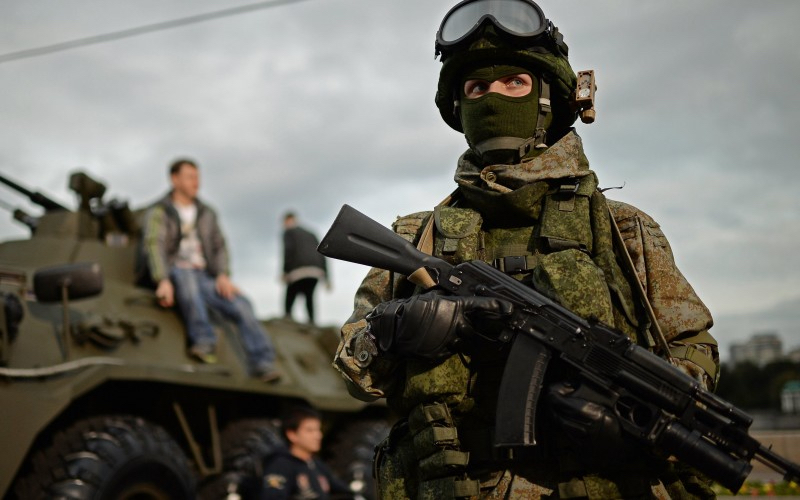
Why has Russia’s North Caucasus Calmed Down?
The insurgency that has roiled the North Caucasus has been on the decline. Thanks in part to Russia’s response and locals moving to Iraq and Syria to fight, the region is showing some signs of stability. Nevertheless, the conflict will most likely continue by virtue of the continuing trend of new members’ allegiance to the militant cadres who have anti-Russian and pro-Islamist sympathies. Is Moscow failing in keeping the region intact? Did the military intervention in the region prove counter-productive? What can be the future security of the North Caucasus?
The genesis of the issue can be traced back to the Chechen separatist movement which began in the 1990s. Demands for independence and national sovereignty led to the Chechen Wars (1994-2009). Following the Second Chechen War, Grozny came under Moscow’s control. With the end of the war in 2009, the insurgency in the region gained momentum driven by nationalism and jihadism.
The background of the regional grievances reveals the fact that extremism and radical tendencies were not just directed towards political ends in the beginning. Russia’s response varied from heavy-handed military engagement against Salafism to socio-economic transformation of the region. However, the government’s inability to meet the actual demands of the region has further propelled the influx of foreign Islamist fighters into the North Caucasus.
The jihadist movement against the Russian state rapidly materialized with a series of terror attacks against civilians and the state establishments within and outside the country. ISIL took responsibility over its role in the destruction of a Russia bound flight from Egypt resulting in the death of 224. Apart from that, a number of attacks in various parts of the country have also been credited to ISIL.
The participation of women under the banner of “Black Widows or Shahidka” transcends the gender barriers of typical Islamic terrorist activities. These women cadres are being indoctrinated and trained as suicide bombers and have been successful in unleashing terror in various ways.
The Kremlin’s response to the uptick in the number of jihadists in the region became more intense culminating in the opening of borders for the exodus of the jihadists to the Middle East prior to the Sochi Olympics in 2014. Since the prospects of negotiations were dim, repressive military coercion became the norm. Under this strategy, Moscow has been able to suppress the separatism to a considerable level. The Federal Security Service (FSB) has been successful in eliminating some of the top-brass of the insurgent cadres.
Russia’s involvement in the Syrian Crisis, since 2015, has not affected the insurgency. Clampdowns on Salafism involving human rights violations ranging from arrests, detentions, killings and forced disappearances have caused the region to be more anti-state. The exhaustion of suppressive military options and the failure of the national security complex to contain rising extremism within the domestic confines created more external Russian adversaries. Instances of forced migration and their resettlement in countries like Turkey, Syria and Iraq has eased the channels of recruitment of clientele for terror outfits like ISIL.
Hence, the Kremlin is fighting a two-front war against the Russian Islamic-fundamentalists in the internal and external theatres of North Caucasus and Syria respectively. Although a dip in the magnitude of violence is welcome, the intangible cost to Russia has yet to be determined.
